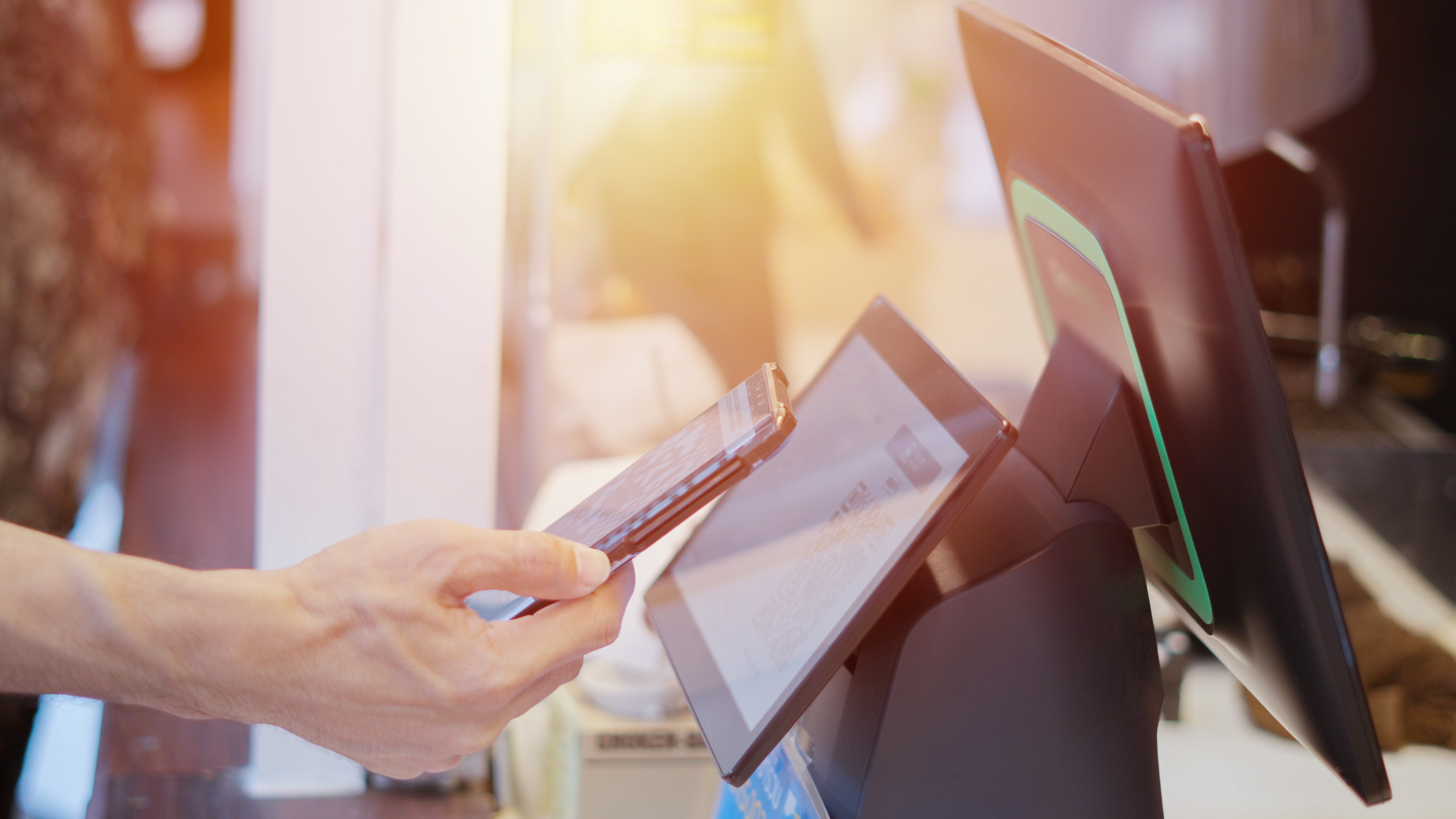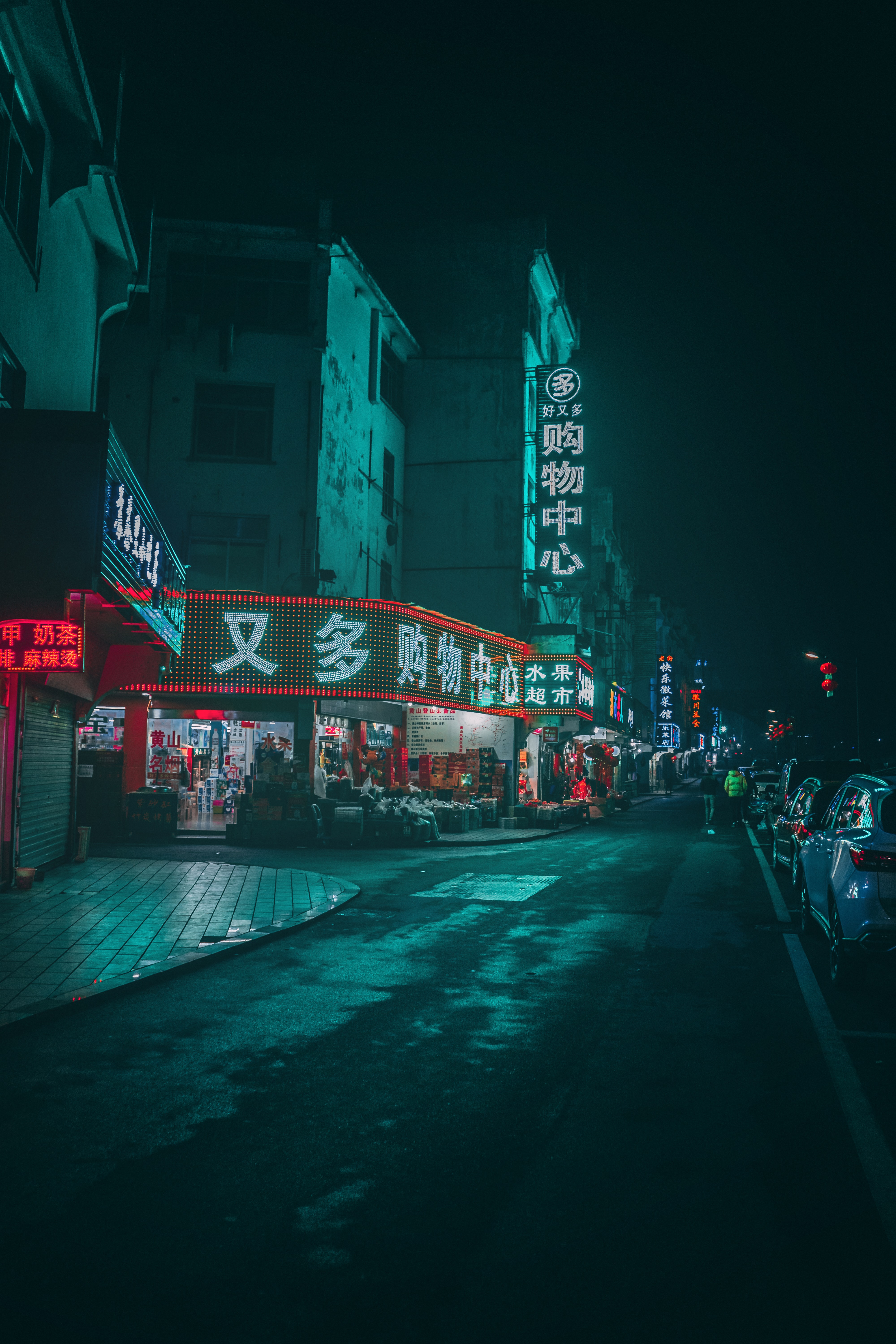The Digital Transformation Of Retail: It's About Comfort And Transparency
Learning from online best practices isn’t something we at snabble do exclusively. Pilot projects all over the world showcase how digital technologies solve typical retail issues. According to a survey by Bitkom, two-thirds of the more than 500 german retailers surveyed see digital transformation as an opportunity. However, 77% regard themselves as digital laggards – although 65% sell both in store and online. Modern technologies such as big data analytics or virtual reality are used little to none.
A better understanding of customer’s desires and behavior
Digital transformation in the retail sector taps valuable potential by fulfilling important customer wishes. Online shopping offers the widest possible choice of products with detailed information, suggestion for additions or alternatives and personalization. These advantages of online retail can now be used creatively to optimize customer experience by brick and mortar retailing, too. Like Nike:
A pilot project in the shopping center Gallerie Commerciali Italia in Vimodrone near Milan, Italy shows how digital technology can be used as well. Operators can analyze and direct traffic flows, know the percentage of men and women in terms of visitor numbers, which music appeals to most people, where visitors spend more time, and which areas are well-attended.
These information is provided by a dedicated IT infrastructure, including networked cameras and beacons as well as Wi-Fi. Special applications anonymously analyze and determine the gender distribution and age structure of the visitors. With all of this knowledge operators are able to make less frequented areas more attractive and to guide visitors there with special promotions.
A more attractive shopping experience
The shopping center in Vimodrone is one of three locations around Milan where communication services provider BT has implemented a novel combination of infrastructure services, CRM and in-store solutions. The goal is to increase the attractiveness of brick and mortar retailing and open up new business opportunities.
Like interactive display columns that can, for example, enrich the advertising of a cafeteria on another floor with a smell of coffee. Or a more complex, Minority Report like, example using the aforementioned cameras: Ads for handbags that are only shown to women in a specific age group, underlayed by a discreet scent of leather.
After shopping, an mobile app ensures that customers find their car in the parking garage. Signed up customers also get additional perks like personalized coupons through the app and get a higher data rate in the free Wi-Fi. In return, operators receive more valuable information about their customers and are able to, for example, send a personalized offer of matching shoes to the buyer of a dress on their smartphone.
Traditional business relies on digital retail
Another pioneer in the application of digital retail technology is the men’s outfitter Thomas Pink. In its New York branch, the long-established company captures the routes of visitors and goods by video sensors. Big data analytics predicts buying behavior and helps to design and optimize store layout and workflows. In addition, Thomas Pink uses RFID tags to capture and locate the inventory. This avoids time-consuming manual inventories and ensures, for example, that employees can find incorrectly sorted garments faster.
This example also illustrates how digital technologies solve typical retail issues. The basis for this is an efficient information and communication infrastructure, because digital transformation does not just mean providing digital “touchpoints” in the shop in isolation. It is even more important to continuously support customers with networked solutions - from the first contact during a virtual shopping spree on the internet to in-store information and guidance systems and interaction with the local staff through to payment, regardless of paying with an app, at self-checkout terminals or at the good old cash register.
In the concept stores of the fictional brand Alexander Black, the members of the Acuitas Digital Alliance (BT, Intel, RetailNext, NexGen Packaging, SATO Global Solutions and Valmarc Corporation) present the results of their cooperation in realistic scenarios. The branch at the BT Research Center in Adastral Park in the UK offers visitors the opportunity to try on clothes and have them film them on a catwalk. Afterwards, they can look at the look of the new outfit themselves on a large screen or ask a self-assembled jury of friends for their opinion via social media.
A counter with built-in touch-screen display automatically provides a wealth of information about the product that a potential customer placed there - from source and material, through available colors and sizes, to care instructions. And in the New York demo branch of Alexander Black the visitor is presented with a interactive changing room. In it, the customer receives proposals for matching garments while trying on them in the cabin on an interactive display. As soon as he selects what he wants to try next with a touch screen, the seller receives a message on his smartphone or tablet. In the meantime, he can look after other customers in the sales room. This improves the efficiency of sales processes and the customer experience.
Source: IT4Retailers
Share this
You may also like
These related stories

Transforming the POS - Cloud Platform and Legacy Systems

The Digital Transformation Of The Entire Shopping Experience Has Begun
